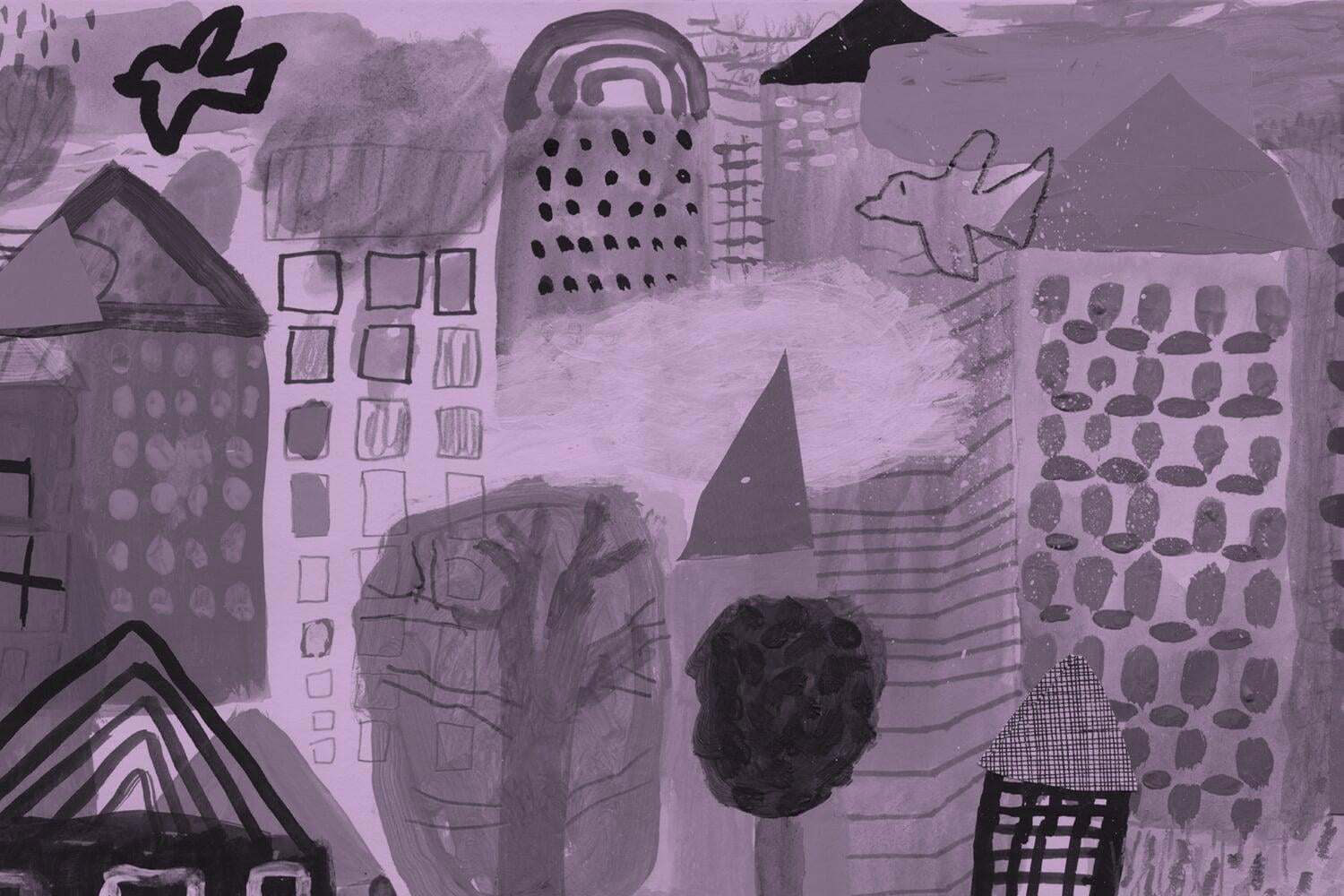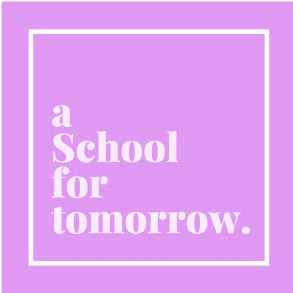The Pathway to Excellence | Lead | Formal Leadership
Formal Leadership Planning And Reflection
We need to build healthy habits of formal leadership planning and reflection – how we take the opportunities to reflect on our capacity to evaluate our leadership and the potential for our growth through different leadership experiences.

There’s an old Yiddish proverb “Der Mentsch Tracht un Gott Lacht” which translates as “Man Plans and God Laughs”. It is challenging in our lives to set and realise plans because there is so much about what we have to do that simply falls out of our control. Try as we might to impose a pattern or an order on things and it seems that opportunities and circumstances can change the course of events just when we think we are getting on top of things. Nonetheless, if we are going to make a positive difference through our service as leaders, we need to take the time to review what we are doing in our roles and the impact this is having on those around us, and then take responsibility to anticipate as best we can the type of personal and professional development that we might undertake to help us to be the best leader that we can be.
It begins with an understanding that we need to develop an intention to lead that is driven by the desire to serve. People will need to know what we have to offer and why they might want to follow us. This means we need more than good character. We need to have a clear idea about where we might go together and what it will take for us to get there. Mentors and advisors are very helpful in gaining insight into our leadership, yet as with all character apprenticeship relationships, we need to learn when to step away and exercise our emerging expertise ourselves.
"If you think about it all the successful people you know have 5 things in common: they are focused; they are relentless; they are resourceful; they are flexible; and they are constantly reinventing themselves – evolving, learning and growing.
If you think about it all of the unsuccessful people you know have 5 things in common: they are lazy; they complain – A LOT; they tend to blame everyone else for their situation; they are set in their ways; and they know it all"Germany Kent
We need to choose areas on The Pathway to Excellence in which we want to lead and ensure that these are both realistic in scope and sequence. We need to be brave in applying for roles while remaining open to the desire and unexpected possibilities that call us to a position of formal leadership. The advice and support of those around us is essential. Yet, leadership is not simply a popularity contest; there is hard and sometimes unpleasant work to be done along the way, and wise leaders know how to support and motivate. We need to learn the skills of encouraging and directing people. We need to know when to praise and when to correct faults. We need to know when to move forward, when to pause and when to withdraw from situations so that we regroup and try a different approach. We need to understand how to manage progress by stages, including how to build processes of research and testing into what we do together so that we do not simply commit huge amounts of resources, energy and human capital into
We need to recognise that leadership requires, as Jim Collins would put it, that rare combination of humility, willpower, and the capacity to bridge the apparently irreconcilable gap between the two. It requires what Brené Brown would refer to as vulnerable leadership, and what more traditional leadership thinkers would regard as courage of one’s own convictions. We need to go beyond simply leading by example in a responsive manner and create a personal model for leadership based on the values to which we hold most closely. We need to use the central concepts of this model as the pillars through which we will organise our thinking about leadership, the questions we ask of ourselves and our impact, and the approach we will take in leading others. These concepts need not be exhaustive, but they must speak to what is important to us and the context in which we operate. We also need to be prepared to change this model when, as will inevitably be the case, our circumstances change over time. As what is real and what is meaningful in our context changes, so must we adapt how we identify and create the structures that define our leadership.
We need to learn and read about leadership. While a wide range of experience in informal leadership situations is helpful for us to rehearse our competencies, there is nothing that can take the place of creating vision, building a team, solving problems and making decisions in real time. It is here that leadership is really tested: do we do this thing or not? If so, how will we do it? When will we know whether or not it is successful? What happens when something goes wrong? What happens when we achieve our goals? All of these are the things which we need to train a team to work through together, a team that will crave authentic and insightful leadership to help it do what it needs to do, especially in forming and driving forward a sense of the mission, the critical steps that need to be taken to achieve it, and the roles, responsibilities and resources required to make it all happen.
This is why we need to establish for ourselves a portfolio of responsibilities in experiences of leadership to which we are formally appointed and plan the way in which we will go about moving from position to position, not for the sake of personal ambition, but so that we can develop the corresponding portfolio of knowledge, skills, dispositions and learning habits that will allow us to move forward with more rather than less success. The most important of these will be the habits of regular review and reflection that we build into our daily, weekly, monthly, and annual calendars. We need to take a proactive approach to eliciting feedback from all of those around us as to how we performing our role and what we might need to do to improve our leadership so that we improve the performance of the team and its capacity not only to achieve its mission, but also support the individual and group needs of team members.
We can contemplate our understanding of our Formal Leadership Planning and Reflection through considering the following questions:
- Do I have a clear but flexible plan for my formal leadership development that spans my responsibilities and aspirations across a variety of settings?
- Do I reflect constantly on the quality of my work as a leader, using a variety of sources of feedback and information to help me get better?
- Do I have a track record for commitment, reliability, initiative and self-discipline that is fundamental to my reputation in all the settings in which I contribute and lead?
- Do I take a holistic and integrated perspective on my leadership in many settings, centred by my sense of purpose, integrity and the values that matter most to me?
- Is the first goal of my leadership development planning to ensure that I am developing my perspective and competencies as a 21C leader?







